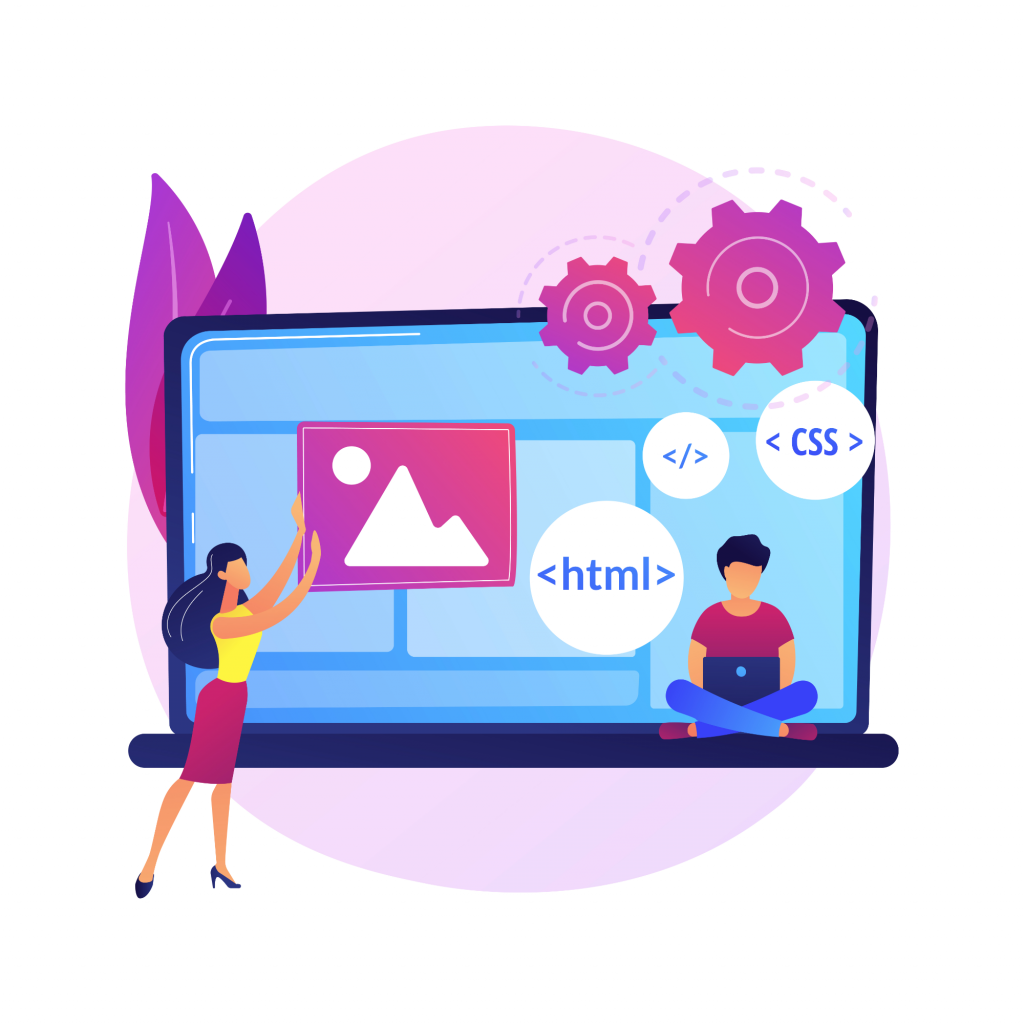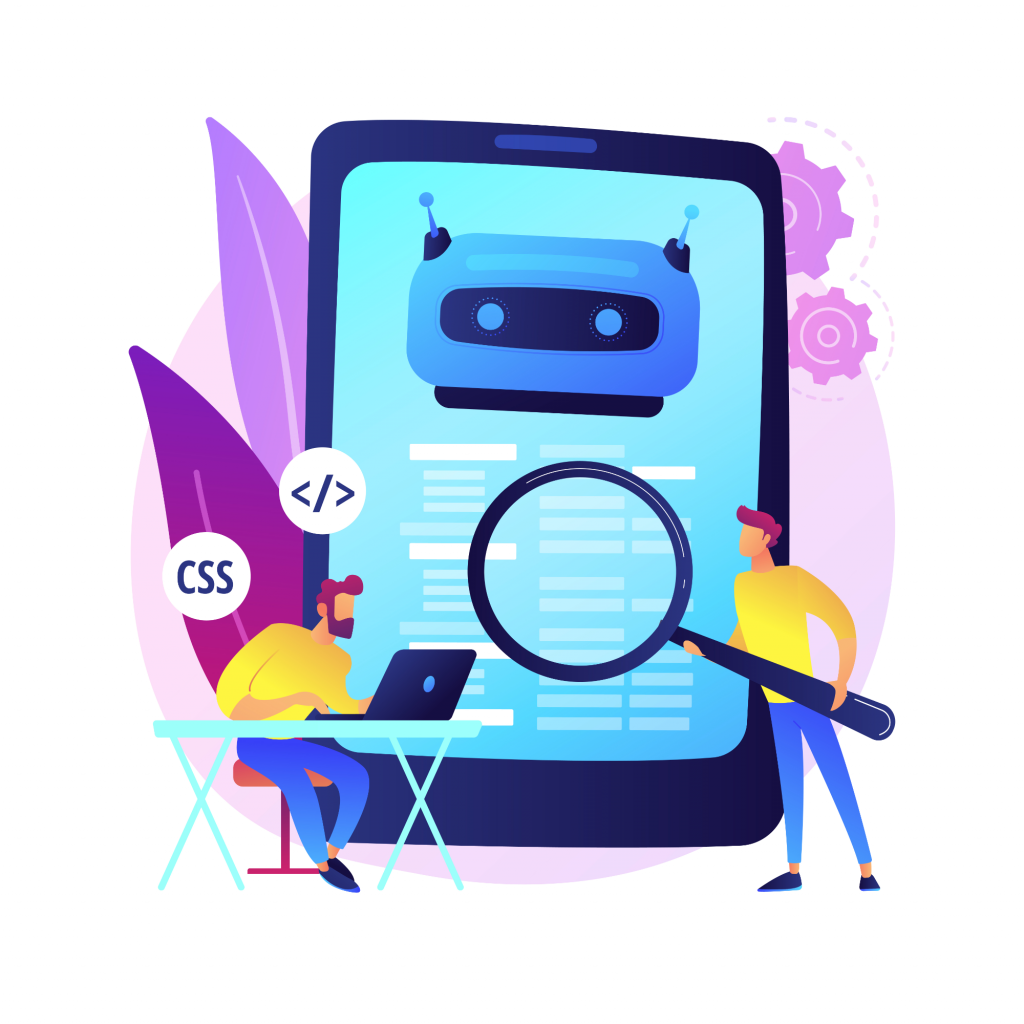
How to Use Cascading Style Sheets for Better Rankings
Cascading Style Sheets or CSS is only one of the Basic Programming Languages. Yet, CSS has a whole host of benefits, including Search Engine Optimization or SEO! So before we start talking about them, let’s break down why CSS is in the perfect position to affect Google Rankings. Now, using either display: none and visibility: hidden can make your website elements invisible.
So, of course, it helps Web Designers precisely control the site’s style elements, such as colors and fonts. However, CSS and SEO also go together exceptionally well, with one allowing for a significant boost in the eyes of search engines.
The benefits of Cascading Style Sheets: A quick run-through
CSS can help you build a responsive website. And with less code than other programming languages, too! But, of course, they’re also capable of making your site elements invisible. So here are some more benefits of using CSS:
- Easy maintenance. CSS in websites makes maintenance less of a chore. You can automatically change the entire website with changes to a single file!
- Accessibility. Google’s Mobile-first indexing policy caters to the needs of mobile users. CSS helps make your website more accessible by simplifying and cleaning up HTML.
- Pages load faster. CSS has your back because pages that load for five seconds have high bounce rates of 38%. As a result, you don’t need Website Speed Test Tools to tell you your site is speedy.
- Cross-browser compatibility. CSS also allows for cross-browser compatibility, making your website look attractive yet professional no matter the browser.
How Cascading Style Sheets works with SEO
CSS makes your site SEO-friendly. See, HTML codes can get a bit hard to read, and if search engines have a difficult time understanding site code, search results suffer. So, CSS files can make things easier for the bots.
In addition, CSS makes HTML codes clean. As a result, search engines can reach indexed codes without issue! This yields more accurate search rankings.
Also, CSS allows you to make changes to the site code without sacrificing design. Finally, since search engines prioritize useful content for searchers, they’ll appreciate having your content appear front and center. Thus, search engine crawlers can see the meat of your content early on!
Of course, code is essential for a page, but it’s not what your searchers will see. In addition, they won’t see it on your page! So, CSS makes your content appear before the headers or navigation menus without cluttering the page!
But the question remains: does CSS affect Google Rankings? Let’s talk about the methods for hiding content first. These two are display: none and visibility: hidden.
Display: None vs. Visibility: Hidden
CSS is flexible and can be used to manipulate page elements. For example, CSS can make particular elements invisible through cropping, repositioning, and even making them transparent! However, these are the two most common methods:
display: none
Setting an element to display: none means making it completely invisible. Also, this display property will extend to the element’s descendants! As a result, they can’t be accessed — site visitors can’t interact with them and see them, even when using screen readers!
Plus, the space occupied by an element disappears. So although it may look like it doesn’t exist, it’s still present on the website. Also, the other elements will consider the occupied space empty. So no wonder front-end devs favor this method!
visibility: hidden
On the other hand, if you set the element to visibility: hidden, then, of course, it’ll be hidden. But, this will still occupy its original space. Thus, it affects the design and visual layout of the webpage.
Also, the tag will still be rendered and seen in the viewport. Thus, the element under the hidden visibility property continues to take up space despite not being entirely visible! But, of course, the other elements will respect the occupied space.
Web Designers can accomplish much, armed with several CSS Tricks and Tips. For example, CSS has methods for making some elements invisible. So while visibility: hidden hides an element from a website visitor’s eyes, it continues to occupy space on a page.
Alternatively, display: none seems to erase the element from view, but it’s there regardless. So in their own ways, the two contribute to the look of a web page.
But, what does it mean if you use hidden content to get on Search Engine rankings? You walk a line that could cross over into Black Hat SEO territory.
If web page elements are hidden by CSS, do they affect SEO?
When using Cascading Style Sheets, be careful of hidden content. Using it “can have a detrimental effect on your SEO success.” Google does not particularly favor it because it’s deceptive to searchers. So despite the content having the hidden attribute, search engines might pick it up anyway.
Still, it’s best to avoid things like:
- Using the same color of text as your background, such as black text on black backgrounds;
- Covering your content with images;
- Placing text offscreen;
- Using an unreadable font size such as 0; and
- Attaching a link to only one character.
For example, a Google user is honestly searching for an answer to their query. Of course, the user will follow the results Google has provided. However, if the user goes to a site where their desired answer is hidden, they will become disappointed. They cannot find the information they were looking for.
This dissatisfaction is something Google wants to avoid. After all, hidden content violates Google’s Webmaster Guidelines.
However, not all hidden elements harm your site and your SEO efforts! For instance, alt text is considered hidden content. However, its goal is to make a website more accessible. Thus, alt text offers value despite being generally hidden.
The consensus
Hidden content is not harmful to your website on its own. However, if you try to use Black Hat SEO tactics to reach the top spot on SERPs, Google will notice.
So CSS can make some website elements invisible without harming SEO. However, if using hidden content, it’s essential to ensure that it makes the overall page accessible and valuable to searchers!
Thus, it’s best to avoid over-relying on hidden page content to rank on Google! This means other underhanded tactics, such as keyword stuffing, are a big no-no.
Thus, using Cascading Style Sheets to hide content you use to climb Google’s rankings is deceptive. Therefore, it will result in penalties. However, hiding content that assists site visitors is acceptable. If it helps them better understand the content, Google allows it.
Therefore, using CSS to ensure SEO hits its mark is vital. But manipulating particular elements for better design is also crucial. So, Web Developers in the Philippines can assist you in keeping your website aboveboard.





















Comment 0